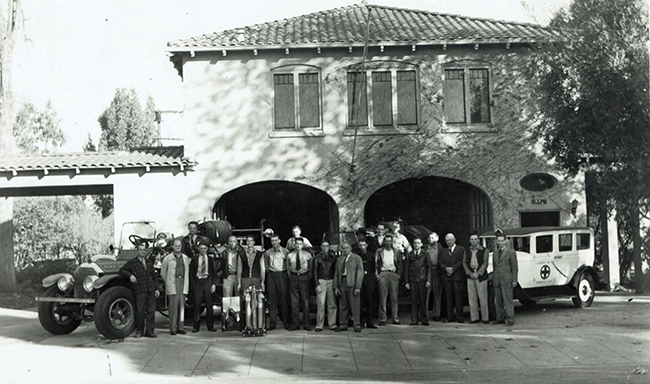Study says coronavirus infections much higher than official total
by Steven Felschundneff steven@claremont-courier.com
The University of Southern California and the Los Angeles County Department of Public Health released preliminary results from a collaborative scientific study that suggests that infections from the novel coronavirus are far more widespread—and that the fatality rate much lower—in Los Angeles County than previously thought, according a news release on Monday.
“Based on results of the first round of testing, the research team estimates that approximately 4.1 percent of the county’s adult population has antibody to the virus. Adjusting this estimate for statistical margin of error implies about 2.8 percent to 5.6 percent of the county’s adult population has antibody to the virus,” the statement read.
That translates to approximately 221,000 to 442,000 adults in the county who have had the infection at some point, which is 28 to 55 times higher than the 7,994 confirmed cases of COVID-19 reported to the county in early April when the study was conducted.
“These results indicate that many persons may have been unknowingly infected and at risk of transmitting the virus to others,” said Dr. Barbara Ferrer, director of the L.A. County Department of Public Health. “These findings underscore the importance of expanded polymerase chain reaction (PCR) testing to diagnose those with infection so they can be isolated and quarantined, while also maintaining the broad social distancing interventions.”
The results are from the first round of an ongoing study by USC researchers and public health officials, and have not yet been peer reviewed by other scientists. The researchers plan to test new groups of participants every few weeks over the coming months to gauge the pandemic’s trajectory in the region.
“We haven’t known the true extent of COVID-19 infections in our community because we have only tested people with symptoms, and the availability of tests has been limited,” said lead investigator Neeraj Sood, a USC professor of public policy at the USC Price School for Public Policy and senior fellow at the USC Schaeffer Center for Health Policy and Economics. “The estimates also suggest that we might have to recalibrate disease prediction models and rethink public health strategies.”










0 Comments